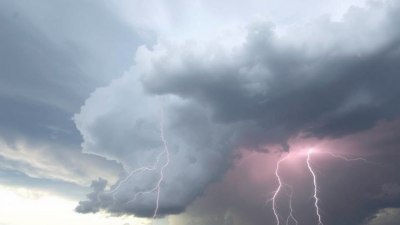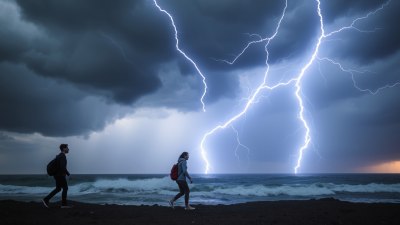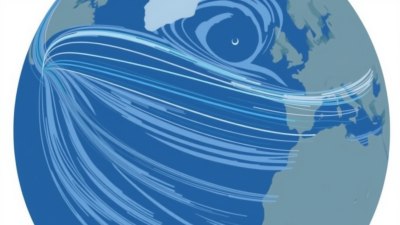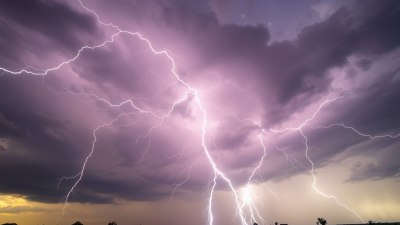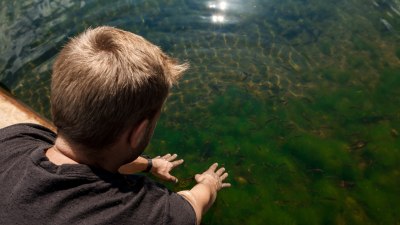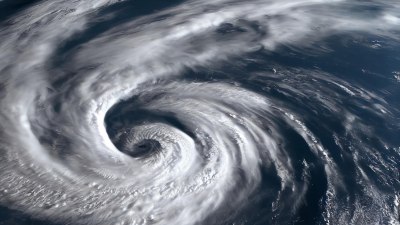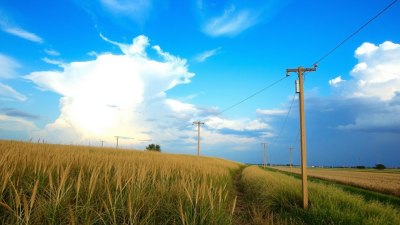The Science of Frost Flowers Nature’s Icy Masterpieces
Explore the fascinating formation and beauty of frost flowers, nature's intricate icy creations.
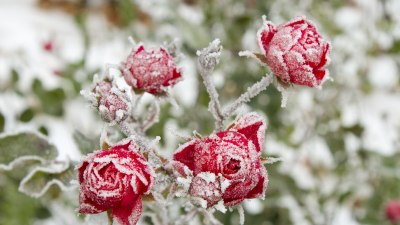
Frost flowers, delicate icy formations that grace the landscape in winter, are a remarkable phenomenon that captivates both scientists and nature enthusiasts. These crystalline structures, often appearing as stunning bouquets of ice, emerge under specific atmospheric conditions that allow them to form in breathtaking patterns. Understanding the science behind frost flowers not only unveils the beauty of these icy masterpieces but also highlights the intricate interplay of temperature, humidity, and environmental conditions. In this article, we delve into the formation of frost flowers, the conditions that foster their creation, and their significance in the natural world.
What Are Frost Flowers?
Frost flowers are not actually flowers in the traditional sense; they are delicate ice structures that form on the surface of plants and other materials when temperatures drop rapidly. They typically form on thin branches, stems, and leaves, where water vapor is able to escape from the plant tissue. When the temperature plunges, the moisture that has been released can freeze and crystallize, creating stunning shapes that mimic the appearance of blooming flowers.
How Do Frost Flowers Form?
The formation of frost flowers is a process that requires a specific set of environmental conditions. Frost flowers usually develop when the temperature is significantly below freezing, often in the range of -10 to -20 degrees Celsius. This low temperature allows for the quick sublimation of water vapor directly from the plant tissue, transitioning from a gas to solid ice without becoming liquid water. The formation begins when the moisture evaporates from the plant cells, due to the low humidity and cold air.
As the moisture escapes, it freezes on contact with the cold air and the surrounding surfaces. The delicate formations are often enhanced by the wind, which can help disperse the moisture and promote the growth of these icy flowers. Factors such as the type of plant, humidity, and wind play crucial roles in the final shape and size of frost flowers, creating a spectacular visual display when conditions are just right.
The Types of Plants That Produce Frost Flowers
Frost flowers can form on various types of vegetation, but certain plants are more likely to produce them than others. Typically, herbaceous plants with thin stems, such as certain types of weeds and grasses, are ideal candidates for frost flower formation. Additionally, woody plants like willows and some species of birch may also create these beautiful icy structures. The anatomy of these plants, including their water content and tissue structure, influences their ability to produce frost flowers. The cellular structure must be conducive to allowing moisture to escape efficiently, allowing for the formation of ice crystals.
Environmental Conditions Favoring Frost Flower Formation
Several environmental conditions contribute to the formation of frost flowers. The combination of high humidity, low temperatures, and specific wind conditions is essential. High humidity in the air allows for more moisture to escape from the plants, while low temperatures facilitate the swift freezing of that moisture. Calm or gentle winds can help allow moisture to spread evenly, enabling the flowers to form their characteristic shapes. Each frosty morning that presents these ideal conditions can reveal a different display of frost flowers, making every sighting unique.
Frost Flowers vs. Hoarfrost
While frost flowers and hoarfrost both involve the freezing of moisture, they are distinct phenomena. Hoarfrost forms when water vapor in the air deposits directly onto surfaces in cold conditions, creating a layer of frost that appears white and fluffy. Unlike frost flowers, which are intricate and delicate structures formed from moisture released by the plant itself, hoarfrost is essentially a coating of frost that may cover various surfaces indiscriminately. Understanding these differences enhances our appreciation for the diverse types of ice formations that can be found in nature.
Fascination and Artistic Inspiration
The intricate beauty of frost flowers has not only captured the imagination of scientists but also artists, photographers, and nature lovers. Their ethereal shapes and delicate patterns make them a mesmerizing subject for photography, often drawing attention to the wonder of nature’s artistry. From creating stunning displays in botanical illustrations to inspiring stories and poems, frost flowers continue to stimulate creativity and evoke admiration for the natural world.
The Role of Frost Flowers in Ecosystems
Beyond their aesthetic appeal, frost flowers play a vital role in the ecosystem. They provide a source of moisture that can be beneficial to the surrounding environment. As frost flowers melt when temperatures rise, they release water back into the soil, helping to nourish plants and sustain the local ecosystem. This melting process is particularly crucial in regions where moisture may be scarce during the winter months, contributing to the health and survival of various plant species. Additionally, these icy formations can impact local microclimates by affecting ground temperatures, thereby influencing the growth of plants in their vicinity.
Climate Change and Frost Flower Audibility
As climate change continues to reshape global weather patterns, the occurrence and frequency of frost flowers may also be affected. Warmer winters and altered humidity levels can impact the delicate balance needed for frost flower formation, potentially leading to a decline in their appearances. Understanding these changes is important for scientists studying the effects of climate change on ecosystems and local weather phenomena. Observations of frost flowers can provide valuable insights into the health of our planet’s climate and the trends associated with a changing environment.
The Beauty of Nature’s Ice Creations
In conclusion, frost flowers are a striking example of nature's beauty and complexity. Their formation is a testament to the intricate relationship between temperature, humidity, and plant physiology. As we appreciate these icy masterpieces, let us also recognize their role in the ecosystem and the potential impacts of climate change. By fostering a deeper understanding of frost flowers, we can continue to admire and protect the wonders of the natural world for generations to come.
